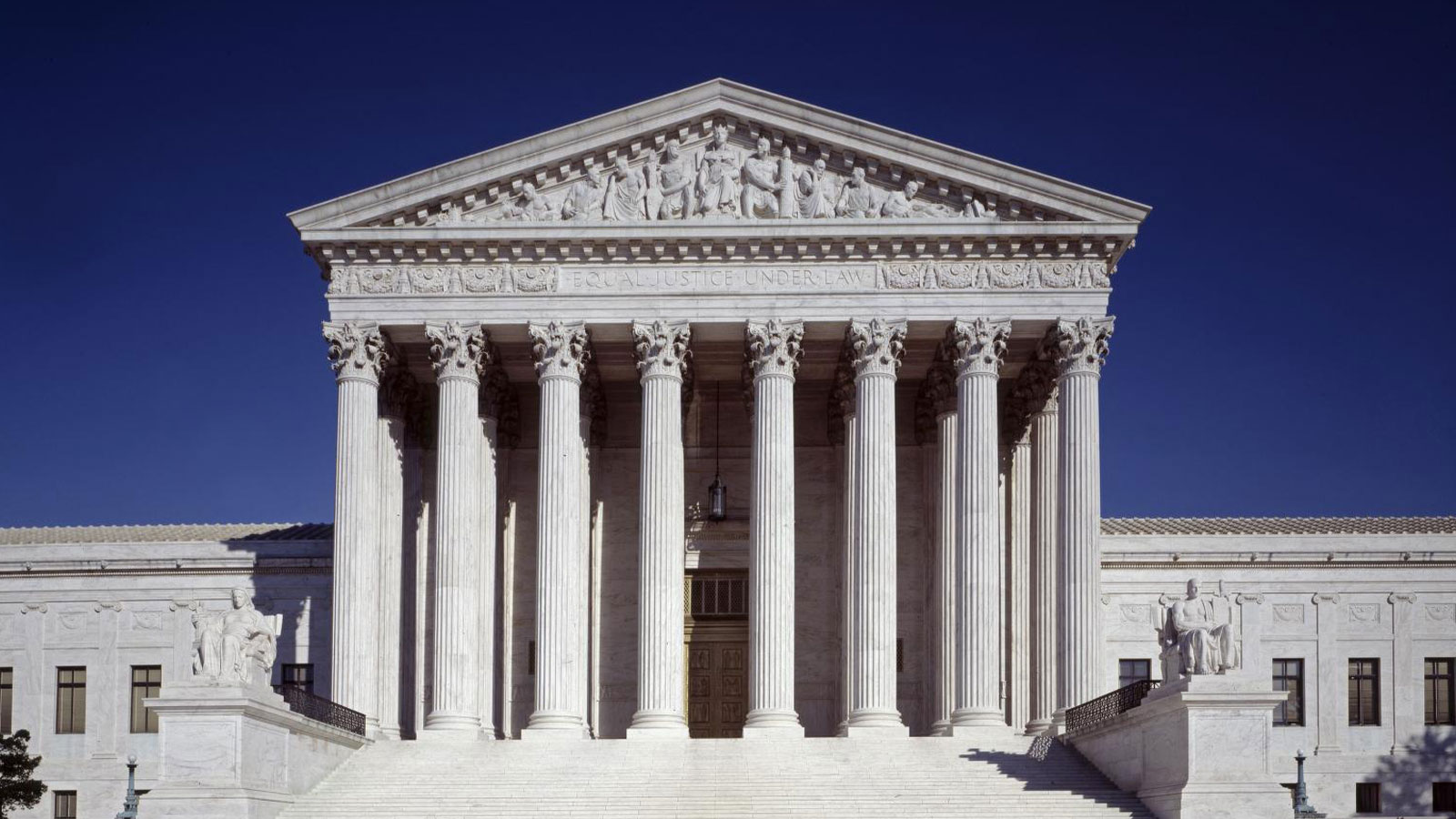Right-wing court eradicates decades of racial remedies in Higher Education
New York, June 30, 2023 — In an attempt to reverse the clock of history, the US Supreme Court has halted almost 60 years of progress towards more diversity and equality for Black and Brown youth in universities and colleges across the country. In a 6-3 decision, the conservative, pro-Republican majority ruled that the Affirmative Action program is illegal and unconstitutional.
In a brilliant, 29-page dissenting opinion, Justice Ketanji Brown Jackson called the ruling “a tragedy for us all.” She argued that America is not a colorblind society and that “by deeming race irrelevant in law does not make it so in life.”
Although this reactionary ruling was anticipated by court watchers across the country, it was devastating, nonetheless, in that it upended decades of precedents and the Supreme Court has reaffirmed the rule of white supremacy and institutionalized racism in American society. The decision will embolden every white nationalist in the country.
Also, the ruling has underscored the urgency of reparations for the crimes of chattel slavery in the USA and should spur the movement for repair to the daily harms still endured by African Americans as a consequence of slavery. The Supreme Court’s “race neutral” mantra is now the new “Separate but Equal.” Beyond the question of financial wholeness, the demand for reparations for slavery and Jim Crow has cultural merit as well. Reparations will help America better understand the divergent pathways of race in the country’s history. The legacy of demands for reparations has roots in the dignity of Black America. In the final analysis, reparations will be good for all Americans.
A broad consensus exists among educators, scholars and lawyers that affirmative action has been one of the most effective social justice policies in American history. There is abundant data that shows diverse student bodies are beneficial to all institutions of higher learning in the USA and that white students benefit intellectually, culturally and emotionally from having Black and Brown students in their classes. Now, in the absence of affirmative action, white wealthy and privileged youth will benefit the most from legacy admissions policies which will remain intact as a result of the court’s ruling.
In rejecting the principles of equity and diversity in higher education, the Court’s decision will negatively impact similar equity policies in corporate workplaces and in other areas of American society.
This ruling is yet another right-wing attack on democratic rights and freedoms for all Americans, irrespective of race or ethnicity. The original rationale for affirmative action was about redressing historical racial disparities, inequalities and subordination.
Featured image: U.S. Supreme Court building, Washington, D.C. (Library of Congress).















